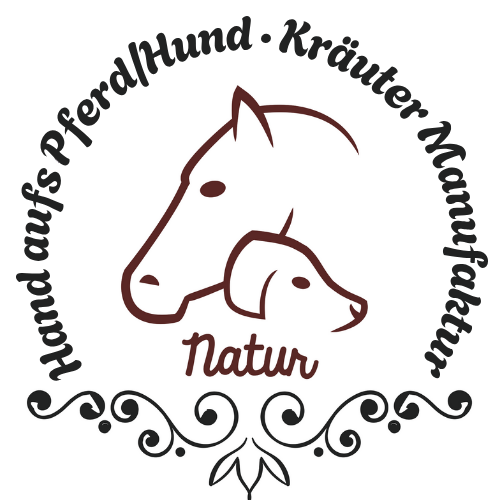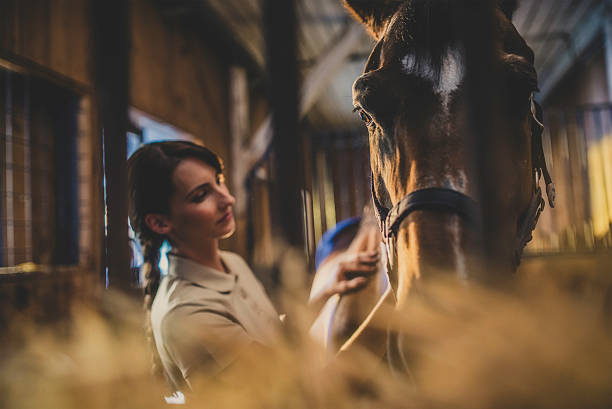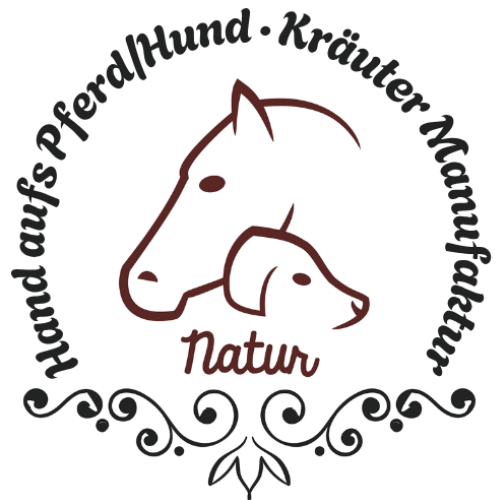Colic in horses - What is behind it
Do you also have a horse that's somewhat prone to colic? Here we'll show you how colic develops, what you can do, and how to prevent it.
Whenever one mentions colic, alarm bells immediately ring for every horse owner, because colic is generally considered a serious condition. As a horse owner, you know that colic is the most common cause of death in horses. colic is not a separate clinical picture, but rather a collective term for abdominal pain in horses. The causes are very diverse.
Colic causes
Colic is a general term for severe abdominal discomfort in horses. It is not a single clinical picture, but rather a syndrome that can have various causes. These include:
Digestive disorders : These are often caused by feeding errors, such as abrupt changes in feed, excessively large feed portions, low crude fiber content or inadequate drinking management.
Blockages : These can be caused by dried feces, sand, parasites, hairballs or other foreign bodies.
Inflammation : Inflammation of the intestines, stomach or other abdominal organs can also cause colicky pain.
Twisting and displacement of the intestine : In some cases, parts of the intestine can twist or shift, thereby inhibiting blood flow.
Stress : Psychological stress can also cause colic-like symptoms.
Weak point horse intestine
Horses are particularly susceptible to colic due to their sensitive digestive tract. Horses have a small stomach, a very long small intestine, and a voluminous Colon. Added to this is the large fermentation chamber, the cecum, located in the right flank region. This large, winding digestive tract poses several potential hazards. The horse's stomach only holds about 10 liters, and a horse cannot vomit if disturbed. If the stomach becomes overloaded here, it can, in the worst case, rupture. The small intestine, with its 20-30 meters length, can easily become twisted and jammed.
Special feature of the large intestine of horses
In horses, the large intestine is considered particularly vulnerable because the cecum forms the largest part of it. The large intestine largely floats in the abdominal cavity and can rotate in all directions. Further complicating matters is the position of other organs and interfaces in the abdominal cavity, which reduces the stability of the large intestine. Due to its anatomy, the horse's digestive tract is susceptible to disruption, and colic can occur at any time.
Colic in horses – recognizing symptoms
Every horse owner should be able to recognize the symptoms of colic in their horse. First of all, most colic is mild and can be resolved quickly. In cases of severe symptoms such as circulatory weakness, groaning, or a severe clinical picture, A veterinarian must be consulted. The same applies if mild colic symptoms do not improve with self-treatment within 30 minutes or if they recur.
But be careful :
Colic often occurs in bouts of improvement, but this does not mean that the colic is over. The horse's life may still be in danger and must be observed for several hours even after improvement.
Mild colic in horses
Mild colic is defined as when the horse shows the following symptoms:
- Restlessness, flehmen, pawing, looking at belly or hitting belly with mouth
- No defecation
- Lie down and get up again and again
These signs may worsen as colic progresses.
Severe colic in horses
- Sweating, rapid heavy breathing, high pulse
- Bloated stomach
- Wild rolling
- lie down, don't get up
- weakness
- Fever
Colic in horses – First measures in case of colic
If colic is suspected, all Animal feed Straw should also be removed. The veterinarian will inquire about the horse's condition over the phone; the horse's temperature and pulse should be checked beforehand. As a first step until the veterinarian arrives, it's best to move the horse slowly to relax the intestines. If the colic is already so advanced that the horse doesn't want to move, it should under no circumstances be forced.
Types of colic in horses
Gas colic in horses
is a common form of colic and can be caused by excessive feed intake, for example, by excessive clover, silage, or feed contaminated with fungi and bacteria.
Constipation colic in horses
are caused by horses' reduced water intake. The contents of the intestine are too dry to be excreted easily. Excessive roughage (straw) or eating too quickly can be causes. Parasites and lack of exercise can also lead to constipation colic in horses.
Sand colic in horses
often result in intestinal obstruction. The most common cause of sand colic is improper housing conditions and feeding methods. Sand colic occurs in horses that stay too long on heavily grazed pastures or sandy runs without the opportunity to eat straw or hay. Sand ingestion is also very high when roughage is fed on the ground. The accumulated sand cannot be excreted, resulting in intestinal obstruction.
Cramp colic in horses
can be compared to the three-month colic in babies. The horse suffers from intermittent intestinal cramps, which can be very painful. Cramp colic in horses is often caused by stress, feeding errors, changes in the weather, or strong Worm infestation.
Intestinal torsion and intestinal obstruction in horses
This is the most severe form of colic, and can only be cured through surgery. Any type of colic can result in intestinal obstruction.
Source: Martina Hemm October 2024


